One of the most requested topics for participants in my workshops and masterclasses (after how to manage nerves!) is how to structure information in a way that makes sense and inspires people to listen from beginning to end.
A well-structured presentation helps your audience to follow your message, stay engaged and remember what you’ve said. The right framework also gives you confidence and makes it easier for you to deliver.
Here are nine tried-and-tested presentation structures, and some ideas on when and why to use each one. At the end, I’ll share my all-time favourite (and arguably the only framework you’ll ever need!)
🔺 The Classic Three-Part Structure (Beginning – Middle – End)
How it works:
- Beginning: Set the scene, grab attention, outline what’s coming.
- Middle: Deliver your key points (ideally 3 main ideas).
- End: Summarise, call to action, or leave a lasting impression.
Good for: General presentations, team updates, short speeches.
Why it works: It’s simple, memorable and audience-friendly. People are wired to understand stories and arguments in three parts.
🔺 Problem – Solution – Benefit
How it works:
- Present a problem your audience recognises.
- Offer your solution.
- Highlight the benefits or outcomes.
Good for: Sales pitches, proposals, persuasive talks.
Why it works: It creates urgency, positions you or your idea as the solution and makes the benefits clear and desirable.
🔺 The Story Arc (Once Upon a Time… To Happily Ever After)
How it works:
- Introduce a character or situation.
- Present a challenge or conflict.
- Show the turning point.
- Resolve with a positive outcome or lesson.
Good for: Motivational talks, keynotes, team inspiration.
Why it works: Humans connect emotionally with stories. This approach makes your message relatable, memorable and impactful.
🔺 Past – Present – Future
How it works:
- Share what has happened (past).
- Describe where things stand now (present).
- Paint the picture of what’s possible (future).
Good for: Vision talks, strategy presentations, change initiatives.
Why it works: It builds context, highlights progress and inspires belief in what comes next.
🔺 The Compare and Contrast (“Before and After”)
How it works:
- Outline the current situation (“before”).
- Present the alternative/future scenario (“after”).
- Show the steps to get there.
Good for: Transformation stories, case studies, product demonstrations.
Why it works: People see the contrast clearly and are motivated by the improved outcome.
🔺 The Modular / Chunked Approach
How it works:
- Break down your presentation into self-contained sections or modules.
- E.g. 5 tips, 7 secrets, 3 pillars
Good for: Training, workshops, how-to presentations.
Why it works: Easy for audiences to digest and recall. It also makes preparation flexible; you can expand or contract depending on time.
🔺 The STAR Method (Situation – Task – Action – Result)
How it works:
- Situation: Set the context.
- Task: Define the challenge or problem.
- Action: Explain what was done.
- Result: Share the outcome.
Good for: Interviews, case studies, leadership presentations.
Why it works: It provides a logical, evidence-based story that demonstrates credibility and results.
🔺 Point–Story (or Story–Point) Structure
How it works:
- Point → Story: Start with a clear key message or takeaway, then illustrate it with a story or example that brings it to life.
- Story → Point: Alternatively, start with a compelling story, then reveal the key message or moral at the end.
- You may have several stories that illustrate one point or several points
Good for: Keynotes, motivational talks, TED-style presentations, leadership messages.
Why it works: It balances logic and emotion. The story makes the message relatable and memorable, while the point ensures the audience takes away something concrete and useful.
🔺 The 4MAT Structure (Why – What – How – What if)
How it works:
- Why – Capture attention and create motivation by explaining why the topic matters.
- What – Present the core information, facts, or theory.
- How – Demonstrate how it works in practice or how to apply it.
- What if – Encourage exploration, reflection or next steps.
Good for: Training sessions, educational talks, leadership presentations; can be adapted for most presentations!
Why it works: It appeals to all learning styles capturing and holding their attention at the right time during the presentation.
And it’s the 4Mat structure that is my absolute all-time favourite presentation structure! Originally developed by Dr Bernice McCarthy, combined with an attention-grabbing opening and a powerful conclusion/call to action, this structure works for the majority of presentations you’ll ever need to deliver. It can be adapted for anything from a 1 minute elevator pitch through to a full day training session.
Whatever structure you choose, make sure you start with getting clear on your purpose, your audience and your message. Sometimes you’ll combine more than one structure - for example, a story that follows a past-present-future flow, or a problem-solution-benefit framework within a three-part structure.
Always start with the question, “What do I want my audience to think, feel or do at the end of my presentation?” The clearer you are on your answer, the easier it will be to know which structure is most appropriate and the clearer your message will be for your audience. With the right structure, your audience won’t just understand your message - they’ll remember it, believe it and act on it.
Mel Sherwood is a Presentation Skills and Personal Impact Speaker, Founder of The RED Effect™ and Author of ‘The Authority Guide to Pitching Your Business: How to make an impact and be remembered - in under a minute!’ She works with global business leaders, teams and individuals who want to be more confident, credible and compelling. An Australian based in Scotland, Mel is an award-winning speaker, author and coach and combines over 25 years’ experience in business with a background as an actor, presenter and singer.

